|
We have heat! A week of hot days in July is always a good sign for the farming season as it ensures that all heat loving crops (such as tomatoes, peppers, eggplant, and cucumbers) and long-season crops (winter squash, sweet potatoes, and onions) get the boost they need to be productive. One of the major tasks we will be completing this week is the garlic harvest! We will dig all the mature garlic bulbs and hang to dry for several weeks. By the end of August we will all be enjoying our cured garlic! Since many of you will not be able to visit our farm during this growing season, I thought I would use this post to show you some features around our farm and the methods we use for growing your vegetables. These pictures will focus on the market garden itself - in a later post I will give you a tour of the animal and tree nursery components of the farm. Our market garden covers approximately 1.5 acres of our 10 acres property and is divided into 4 roughly equal section. Each section contains approximately 30 raised beds and each bed is 30 inches wide by 100 feet long. We groups all vegetables based on their family and each family gets planted in one section. In one section we have the nightshades (tomatoes, peppers, eggplant, and potatoes). Another section will have all the curcubits (melons, squash, cucumbers). In the third section we have both the brassica family (cabbage, kale, broccoli, kohlrabi, cauliflower, and many more) and the allium family (onions and garlic). The final section has root crops (carrots, beets, parsnips) and the spring peas. Each year, we rotate the location of each family, so that they are not back in the same spot until year 5. The two primary reasons for crop rotation are to rest and rebuild the soil between demanding crops and to prevent pest and disease buildup of specific crops in one area. Any crop that we grow for it's fruit is a heavy-feeder which will quickly deplete the soil if grown in the same area. Crops that are grown for their leaves or roots are lighter feeders so they require less from the soil.The only crop we don't rotate is our lettuces. One section of our field is partly shady so the lettuces stay in this area. We grow a few crops that don't fit into these family groups and we squeeze them in where there is space. These include: herbs, artichokes, okra, sweet potatoes, and beans. If you are interested in learning more about how I decided which crops to grow, when to plant them, in what quantities, and what to include in each weekly share, then check out my post from last year that has all the details! Just click on the pictures in the gallery to read the detailed description.
Comments are closed.
|
Archives
February 2020
|
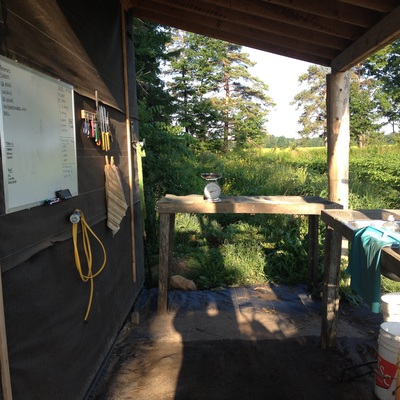
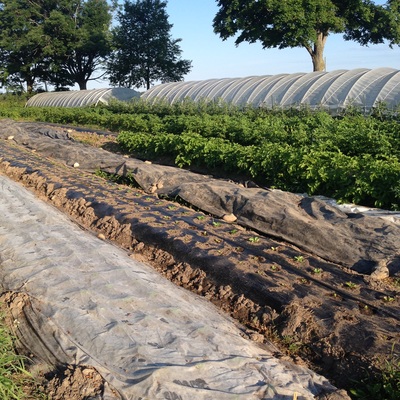
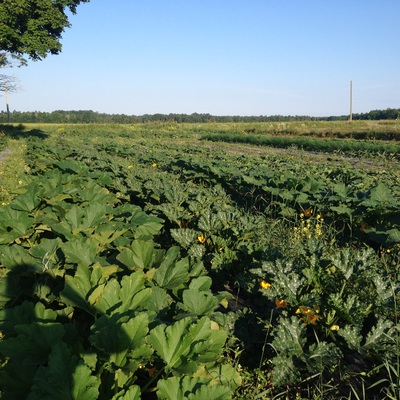
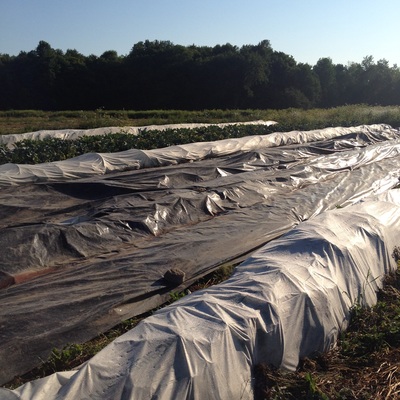
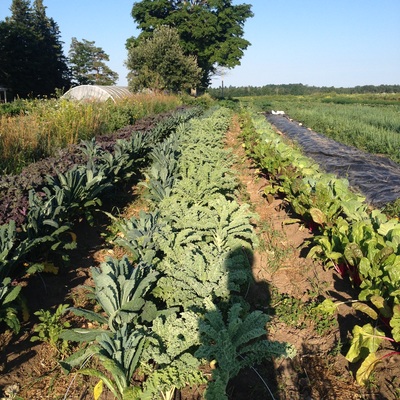
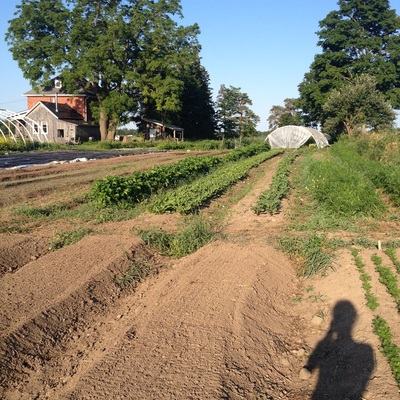
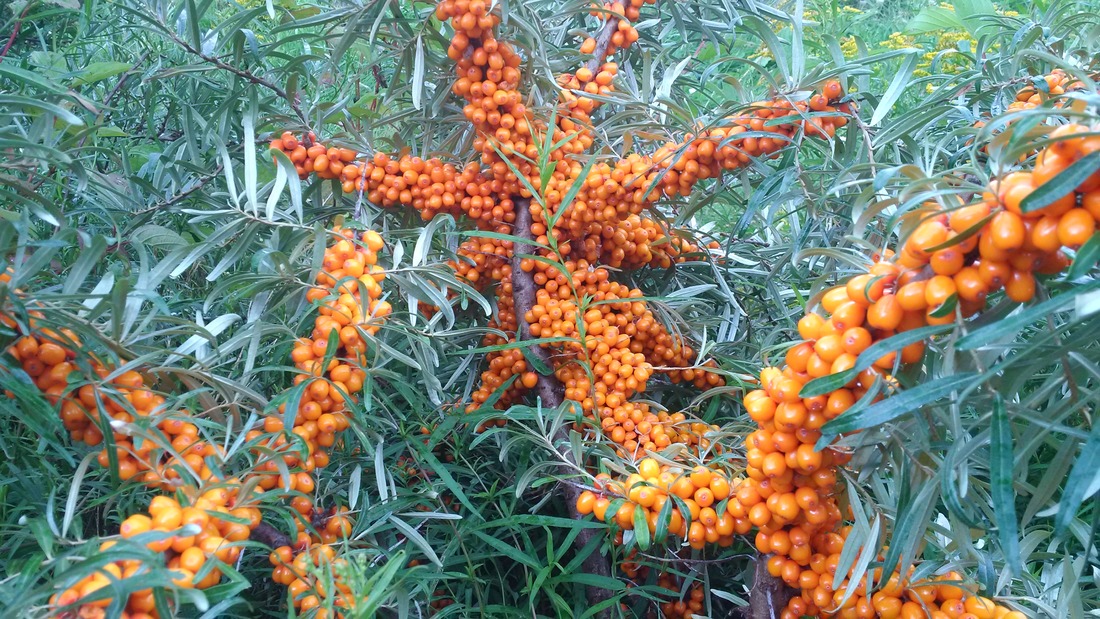
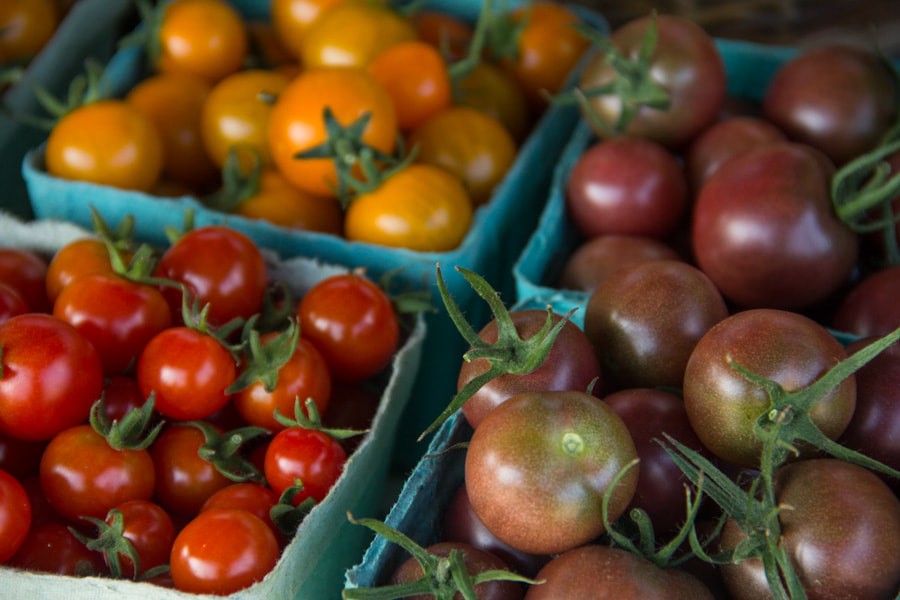
 RSS Feed
RSS Feed